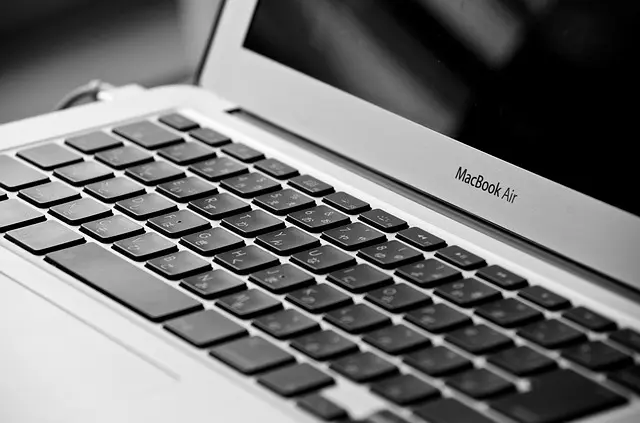
Factory reset is a procedure that aims to return a computer to its default configuration, that is, before it is used by the user.
What happens when a MackBook is reset?
This procedure removes all settings made by the computer user, installed programs and personal files loaded on the storage unit, so that the next restart the computer works as if it came from the store.
A factory reset usually resolves software issues that lead to sudden crashes, image glitches, and other possibilities. Although it is also an option to take into account when you want to sell or donate the equipment, since it erases any type of personal information and usage history.
Factory Reset a MacBook Air Without Losing Data
Since a computer stores different types of personal information, before performing a factory reset on this computer it is highly recommended to make a backup.
Fortunately, the MacBook Air has Time Machine, an Apple tool included in its operating system that backs up photos, videos and important files. The procedure is the next.
Connect a compatible external storage drive to your MacBook Air. Next, open Time Machine. To do this, go to Apple menu > System Preferences and select Time Machine.
Now click on Select backup disk. Select the connected storage drive to save the backup to and click Have Disk.
The process will start immediately. Once finished, disconnect the storage drive and proceed to reset your MacBook Air by following these steps.
First of all you have to make the MacBook Air enter the recovery mode. For this, shut down the computer completely. Then, turn it on and at the same time press the Command + R keys. Wait a few moments for the Apple logo to appear and release the keys.
Once the macOS Utilities window opens, select the Disk Utility option and click Continue. Select the main hard drive of your MacBook Air and click Erase.
Then select the format recommended by Disk Utility (APFS or Mac OS Extended, depending on the version of macOS) and click Erase.
Once the formatting process is complete, exit Disk Utility to return to the macOS Utilities window and finish the factory reset operation.
When you’re in the macOS Utilities window, select Reinstall macOS, click Continue, and follow the instructions.
Keep in mind that in case you think about getting rid of the equipment, you should not go past the welcome screen and let the new owner take care of configuring it in his own way.